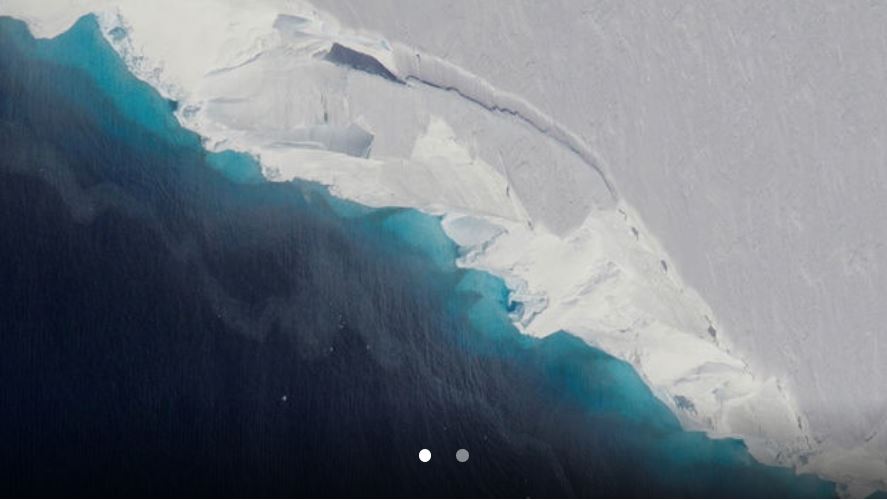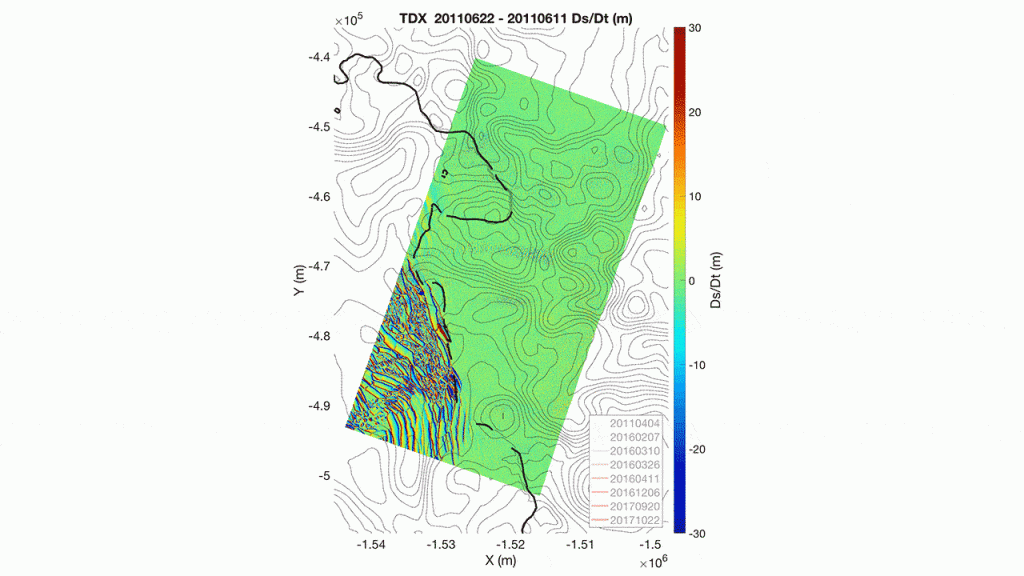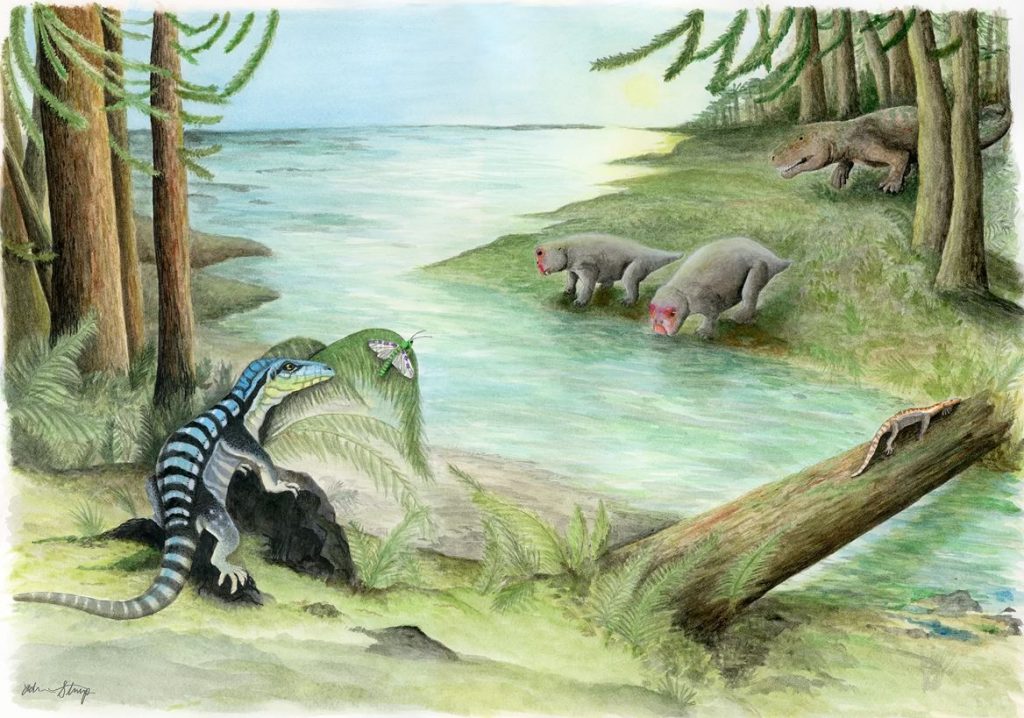A massive cavity that is two-thirds the size of Manhattan and nearly the height of the Chrysler Building is growing at the bottom of the disintegrating Thwaites Glacier in West Antarctica. This “disturbing” discovery is big enough to contain 14 billion tons of ice, most of which has melted over the last three years.

Thwaites Glacier, one of the hardest places to reach on Earth, is responsible for around 4% of the global sea rise. Scientists had long predicted the glacier was not tightly attached to the bedrock underneath it and expected to find some gaps.
Yet the immense size and fast-moving growth rate of the hole in Thwaites was called both “disturbing” and “surprising” by researchers.
“[The size of] a cavity under a glacier plays an important role in melting,” the study’s lead author, Pietro Milillo, said. “As more heat and water get under the glacier, it melts faster.”

Researchers hope the new findings will help others preparing for fieldwork in the area better understand the ice-ocean interactions.
“The findings highlight the need for detailed observations of Antarctic glaciers’ undersides in calculating how fast global sea levels will rise in response to climate change,” according to the study by NASA’s Jet Propulsion Laboratory.
Thwaites holds enough ice to raise the world ocean just over 2 feet and backstops neighboring glaciers that are capable of rising sea levels an additional 8 feet if all ice were lost.

Well, it seems that millions of years before the ground trembled under the footfalls of T. rex, an iguana-size “lizard king” was living in Antarctica, when it was bursting with plant and animal life. Soon it will lurk its head out of its home, the giant cavity!












‘Lizard King’ might rule Antarctica again after the Pole Shift. North Pole and South Pole might locate equator where tropical weather exist. But after the Pole Shift, there might not be Reptilians at all on the Earth. All Reptilians and humans might be wiped out from the Earth during the Pole Shift.
2/3 of an iceberg is below water.
Ah, most of that ice is ABOVE sea level sir, so better rethink your theory.
Yes but most of the ice in the ocean……is underwater. IF ALL THE ICE in the world melted….the shorelines would contract.
Cept water CONTRACTS when it melts. If all the ice melted in the ocean…the seashore would retract globally.
WHOOPS !!
That would make sense if all the ice in the ocean was ABOVE seal level, which it isn’t. If you have an iceberg floating in water and a certain percentage is above the water, if that iceberg melts then the part that was above the water level now joins the part that was below, raising the water level. I’m not trying to agree with global warming, just pointing out the obvious.
Most of the sea ice in the world…..is underwater. As the GloBULL Warming people like to say “The science is settled”.
On top of the fact that it is snowing MORE water than the ice is breaking off in Antarctica (its growing). Plus the Cdn Coast Guard said that the ice in the Arctic…..is also growing.
DOUBLE WHOOPS !!